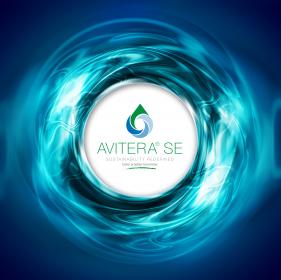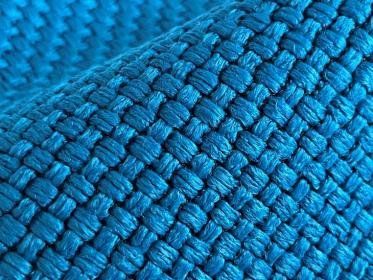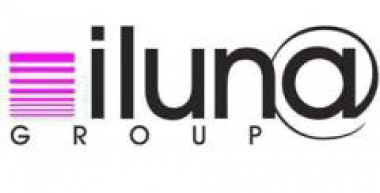Archroma: Launch of AVITERA® SE GENERATION NEXT
Archroma has made its AVITERA® SE technology accessible to more brands and mills with the launch of AVITERA® SE GENERATION NEXT for more cost-effective sustainable dyeing of cellulosic fibers and blends.
With an improved cost-to-performance ratio for new dark and extra-dark shades, the AVITERA® SE GENERATION NEXT range helps mills produce differentiated end articles that comply with the environmental requirements of leading brands and retailers while increasing yield, improving productivity and reducing processing costs.
With high-speed low-temperature wash-off, high process reliability and great reproducibility, AVITERA® SE Generation Next allows mills to achieve water and energy savings of up to 50% and to slash CO2 emissions and effluent discharge by up to 50% as well. It can also increase mill output by up to 25% or more. The dyes are free from arylamines, including PCA[1], and offer fastness properties, retaining their colors through repeated home laundering and exposure to light, perspiration and chlorine.
Three new dark colors have been added to the AVITERA® SE range:
- AVITERA® BLACK PEARL SE: A greenish-cast black dye with high color consistency that can be used to correct metamerism.
- AVITERA® BLUE HORIZON SE: A deep blue element with good light fastness in medium to deep shades, as well as high oxidative fastness and high resistance to nitrogen oxides (NOx) in the atmosphere.
- AVITERA® NIGHT STORM SE: A new navy shade with a greenish cast and strong build up. It is recommended for dyeing the deepest navy and combination shades.
[1] Non-detectable on the garment
Archroma











